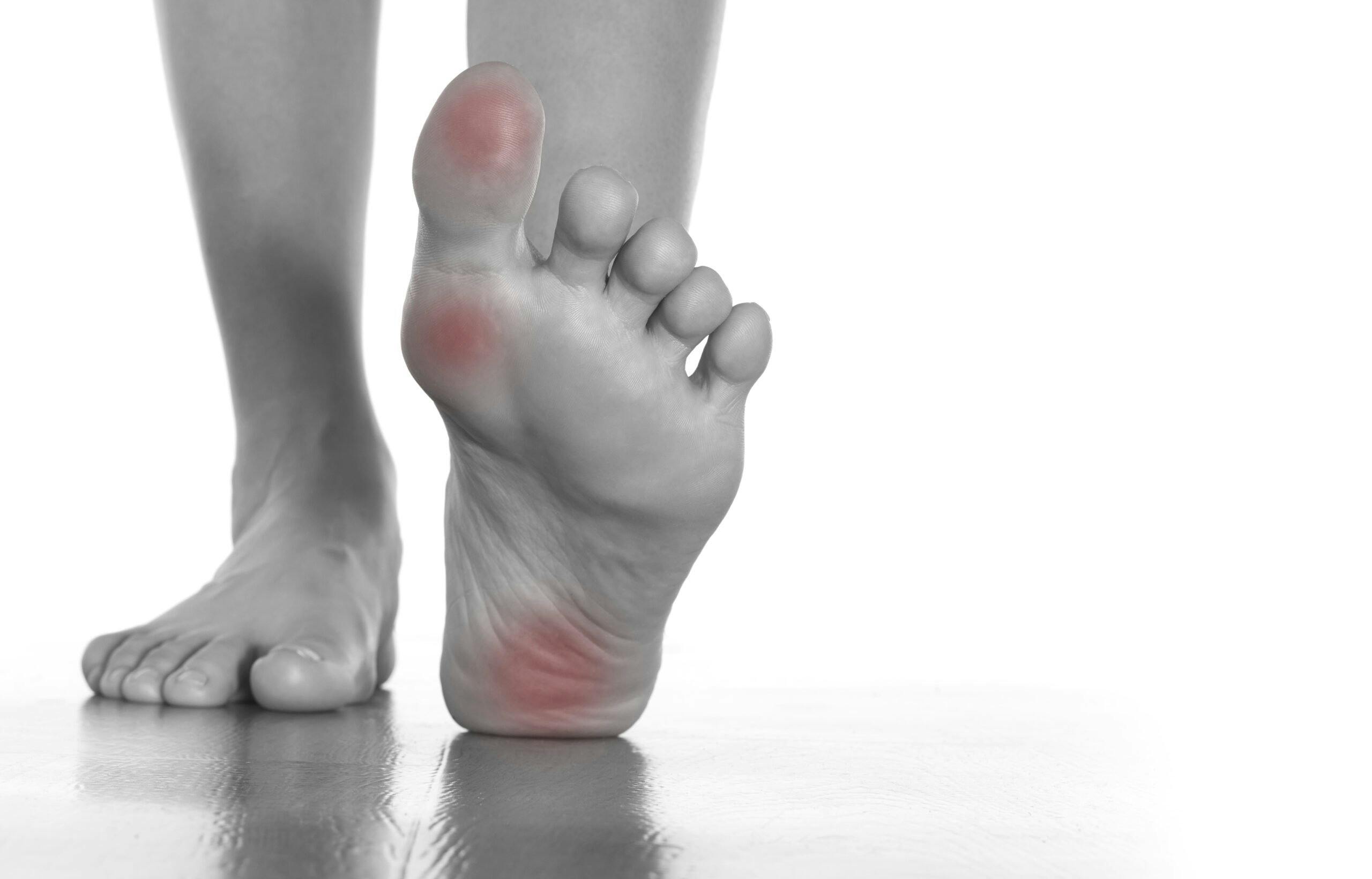Why Patient Foot Care is an Important Part of Home Care
As a part of providing quality home care, one must remember that foot care is a significant part of maintaining proper health. While …

As a part of providing quality home care, one must remember that foot care is a significant part of maintaining proper health. While it appears to be a minor detail within the grand scheme of one’s well-being, it is actually an important issue to address since foot, ankle, or nail problems can suggest additional health concerns. However, regular examinations and treatments can help prevent or control other medical issues.
Caregivers can easily check the feet during the home care visits to determine if there is abnormal length of the nails, discoloration of the nail bed or toe, nail thickening, skin conditions, or foot, ankle or toe swelling. If any symptoms are discovered, it is important for a physician to examine and treat the feet.
Nails
Normal nails on a patient’s feet can easily be cared for by family or the home care employee with regular trims. However, individuals with low immunity or systemic problems, such as diabetes, can develop diseased and thickened nails that need to be properly monitored by a healthcare practitioner.
- Thickened nails can provide discomfort to the person when walking or even at rest. Sometimes, simply placing a sheet or blanket on top of the foot causes pain.
- Debris can easily collect under the nail bed and cause discomfort and irritation.
- Impacted nail margins, i.e., ingrown nails, may develop due to thickness and length.
- Nails that are mycotic, i.e., have a fungal infection, will also become painful and produce additional complications such as separation from the nail bed. With proper and regular treatments by a Podiatrist or M.D. the nails can remain comfortable, while any additional necessary medical therapy can be administered, such as antibiotics.
- If a patient is diabetic, they are often more prone to yellowed nails and infections and may require special diabetic shoes to combat these conditions.
Other Health Concerns
In addition, further symptoms can predict serious illness.
- Edema (swelling) of the foot or ankle can signify diabetes, injury, Venous Insufficiency or Lymphedema.
- Discoloration of ankles, feet or toes may suggest Peripheral Vascular Disease, Venous Insufficiency, Phlebitis, hematoma and more.
As a home care provider, paying close attention and noticing changes early can prevent further complications. Regular checks are a simple way to stay ahead of the game, and a quick glance is all it takes to determine if a doctor’s expertise is necessary. By doing so you will greatly assist the individual in your care and possibly avoid an urgent medical situation in the future.
